This year’s Computex was one of the most monumental in ages. Funnily enough, that made it feel both insanely packed and curiously quiet on the PC front.
Qualcomm’s imminent entry into the premium PC space with Snapdragon X Elite-powered Copilot+ laptops cast a shadow over Computex after being announced in late May, with a wide array of top PC makers already on board for a June 18 launch. AMD and Intel’s keynotes focused heavily on their AI-infused laptop chips in response – but those aren’t launching until July and this fall, respectively. So, we heard a lot about the chips underpinning the next generation of laptops, but little about the laptops they’ll actually be in, with a few exceptions.
On the desktop, Nvidia focused on AI (natch) but AMD rolled out its hotly anticipated Ryzen 9000 desktop processors, powered by a new Zen 5 architecture. And PC component and peripheral makers were out in full force, flexing their influence in the increasingly competitive world of computing.
We live in interesting times — but enough backdrop. Which reveals got us deeply, personally excited? This is the best hardware and software of Computex 2024. Giddy up.
The best PC hardware and software of Computex 2024
AMD Ryzen 7 9700X
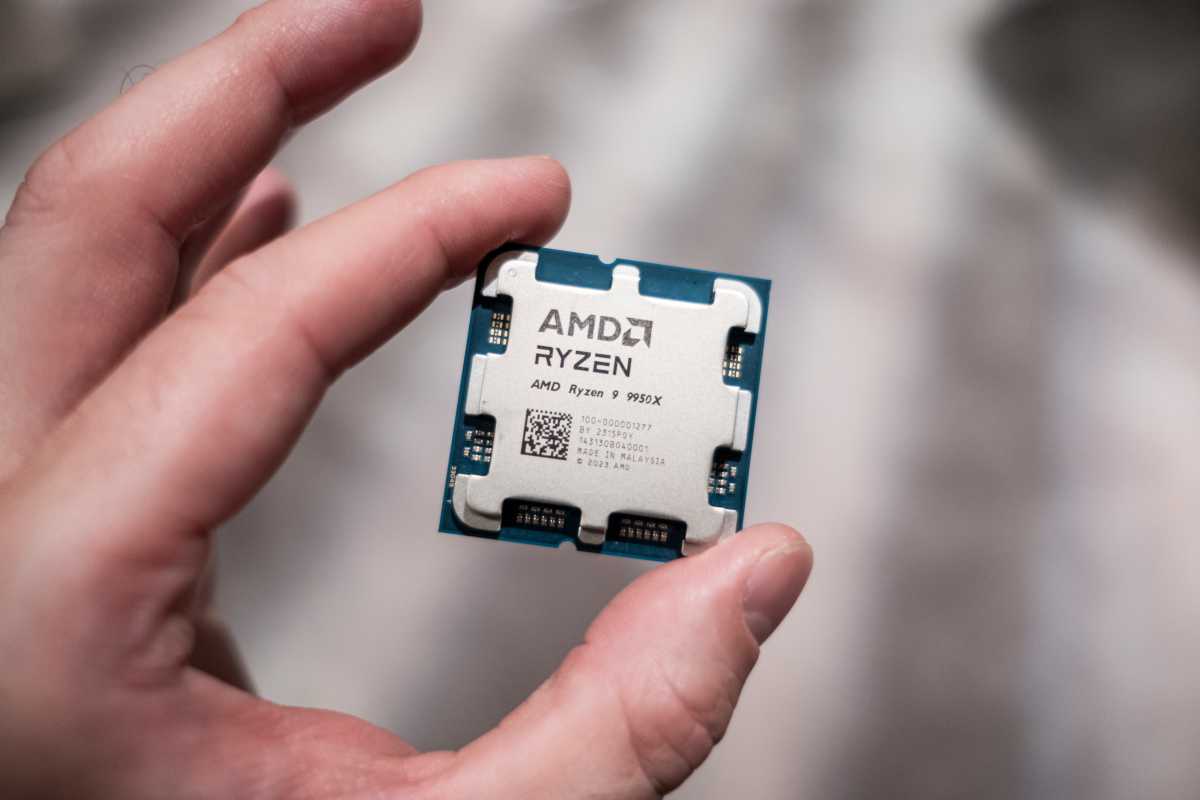
Adam Patrick Murray / Foundry
AMD’s Ryzen 7 9700X might not look exciting at first blush, with no increase to core count and only a slight bump to the maximum boost clocks — especially when you compare it to AMD’s new Ryzen 9 9950X flagship. But when you look at the thermal draw (TDP) you realize the exciting part: It’s 65 watts compared to the 7700Xs’ 105 watts.
That’s a huge drop in power, which hints at the efficiency of AMD’s Zen 5 architecture, and means that you should be able to get 8 fast cores without needing to worry about massive cooling solutions. Even with this drop in power AMD says that the Ryzen 7 9700X will still see an IPC/performance uplift, with the ability to push the chip harder for those who have more robust cooling installed. Of course, we’ll have to see how these Ryzen 9000 CPUs perform in reviews, but I’m all for cooler, quieter, and less power hungry systems. -Adam Patrick Murray
Intel Lunar Lake
Intel needed to get a win at Computex, to stem the sudden threat of Qualcomm-powered Copilot+ PCs serving as the vanguard for the future of Windows. Chipzilla didn’t have any firm products to show off, much less many laptops powered by its next-gen CPUs, but the company’s exhaustive Lunar Lake processor architecture reveal bought it time.
Intel says Lunar Lake will not only offer 14 percent faster CPU performance than its predecessors, it’ll have up to 50 percent higher graphics performance and a whopping 60 percent battery life, as well as a Snapdragon-matching NPU for AI workloads. It’ll serve as the vanguard for Intel’s next-gen Xe2 “Battlemage” GPU architecture, while ruthlessly eliminating technological standbys like hyperthreading and replaceable memory helped Intel optimize for peak power efficiency. Intel and AMD need better battery life, fast, to compete with Qualcomm’s new notebooks – and Lunar Lake shows Intel plans on putting up a fierce fight. –Brad Chacos
Fractal Design’s tiny Raspberry Pi concept case
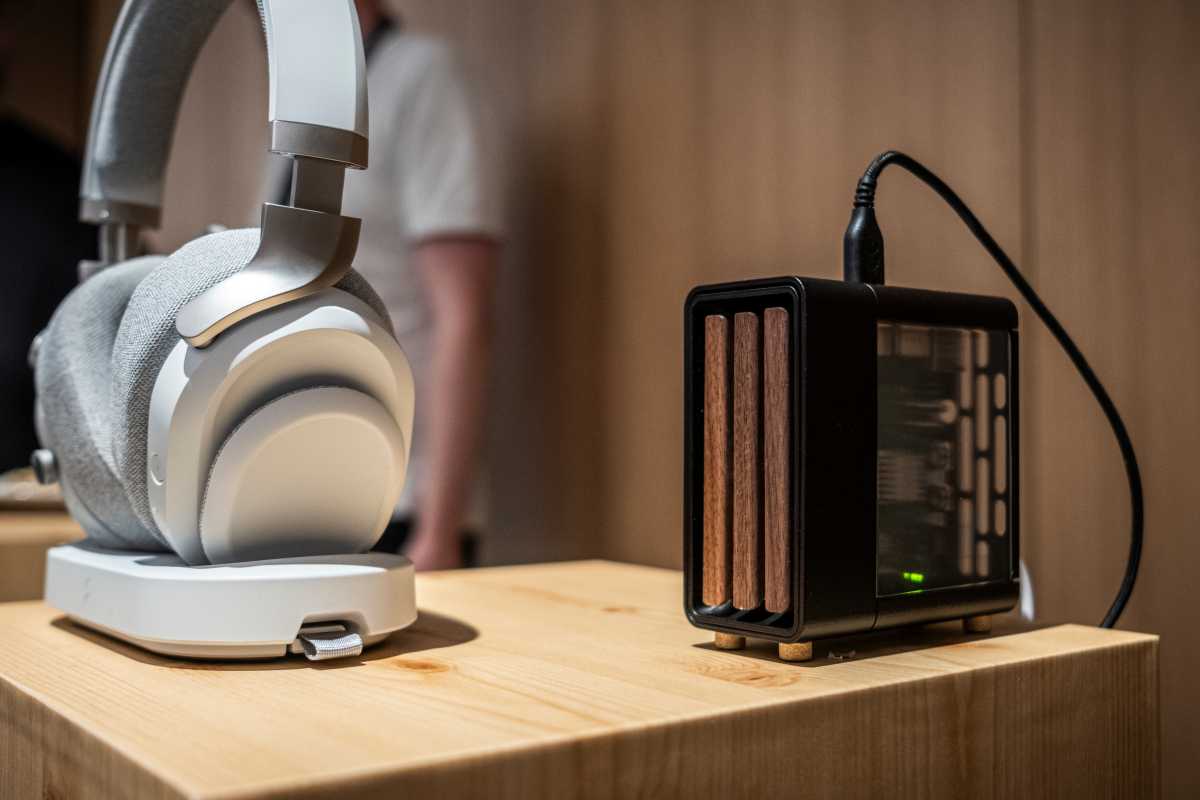
Adam Patrick Murray / Foundry
I need to be clear: This is not an official product that Fractal will be selling, but I couldn’t take my eyes off of it at the company’s suite — and I hope they release this in some form in the future.
This custom-made Raspberry Pi case that looks like a very tiny Fractal North was fabricated to help showcase Fractal Design’s new Scape headphones (which is a new category for the company, and a promising headphone in its own right). I’m a sucker for both Fractal cases and tiny renditions of things, so this fun concept continues to live in the back of my mind — until it can, hopefully one day, live at the corner of my desk. –-Adam Patrick Murray
Nvidia SFF GeForce guidelines
Small form factor PCs are some of the most stylish around, especially if you don’t follow the trend for disco lighting and fishbowl displays. But the explosion in graphics card sizes, especially at the high end, means it’s almost impossible to build one with top-of-the-line components.
Enter refreshed SFF guidelines from Nvidia, which should finally mean you can get by with “just” 2.5 card slots for a high-end design. A maximum of 304mm in length and 50mm in height mean that building in stunning SFF cases like the Fractal Design Terra won’t force a compromise on graphics power. The guidelines top out at an RTX 4080 Super, and hopefully some AMD Radeon vendors will begin making cards that comply as well. –Michael Crider
Asus ROG Mjolnir Portable Gaming UPS

Asus / Unsplash (Brandon Morgan)
BRUH it’s a high-end uninterruptible power supply for PCs and more that LOOKS LIKE THOR’S HAMMER AND CHARGES IN THE SUN. And the handle doubles as a flashlight! Bruh. I’m in. –Brad Chacos
AMD Ryzen AI 300
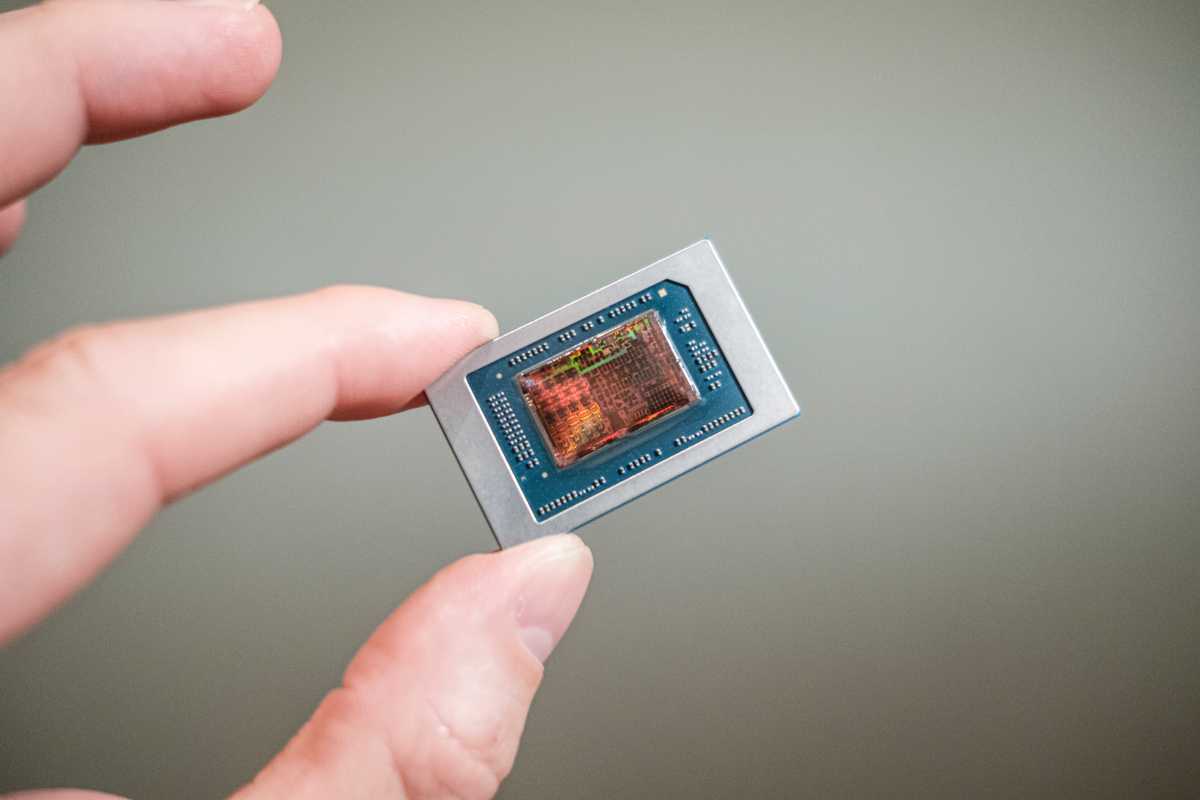
Adam Patrick Murray / Foundry
While Intel and Qualcomm slug it out over long-lasting battery life, AMD took a different tact for its debut Copilot+-capable laptop chips: Sheer, unrelenting performance, powered by a new Zen 5 architecture.
Yes, Ryzen AI 300 CPUs have a fast NPU – the most capable we’ve seen, in fact – but AMD focused on compute domination here, spearheaded by a Ryzen AI 9 HX 370 (phew) with 12 cores and 24 threads of full-fat power and powerful Radeon graphics juiced by the latest GPU architectural enhancements. Yes, battery life matters, but performance matters too—and AMD didn’t forget it. Look for the first Ryzen AI 300 laptops to shoulder onto store shelves in July. –Brad Chacos
Phanteks Evolv X2
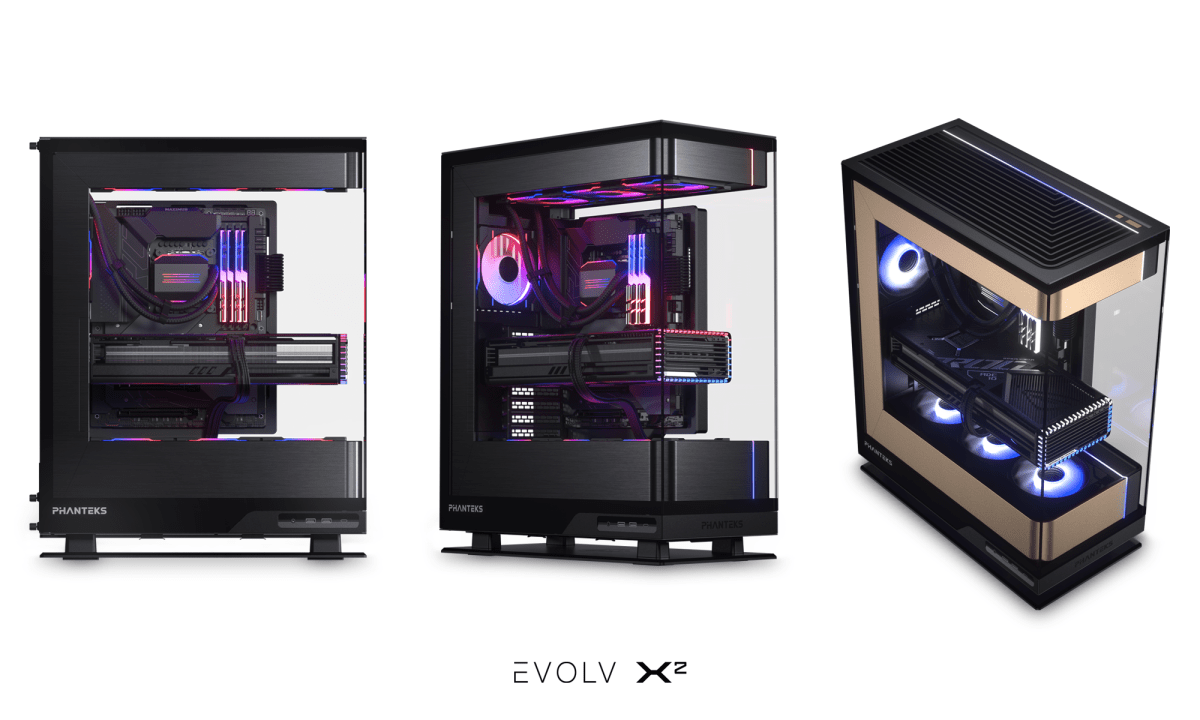
Phanteks
I may seem overenthusiastic right now about this year’s crop of Computex case reveals, but the hoarder conditions in my home is proof of how many chassis I love. And it’s about to get more crowded.
I’ve been taken with the latest from Lian Li, Montech, and Fractal Designs, but one case in particular stands out—the Phanteks Evolv X2. Its classy, understated aesthetic is the computer component equivalent of garb worn to a white-tie affair. Sleek lines, tasteful aluminum accents, recessed mounting for cooling hardware—I feel like I should slip into a ballgown before sitting down game on a build in the Evolv X2. And you know what? I’m up for making my nights fancier come Q4 this year, especially when the buy-in is $150 USD. –Alaina Yee
Asus ROG Delta II gaming headset
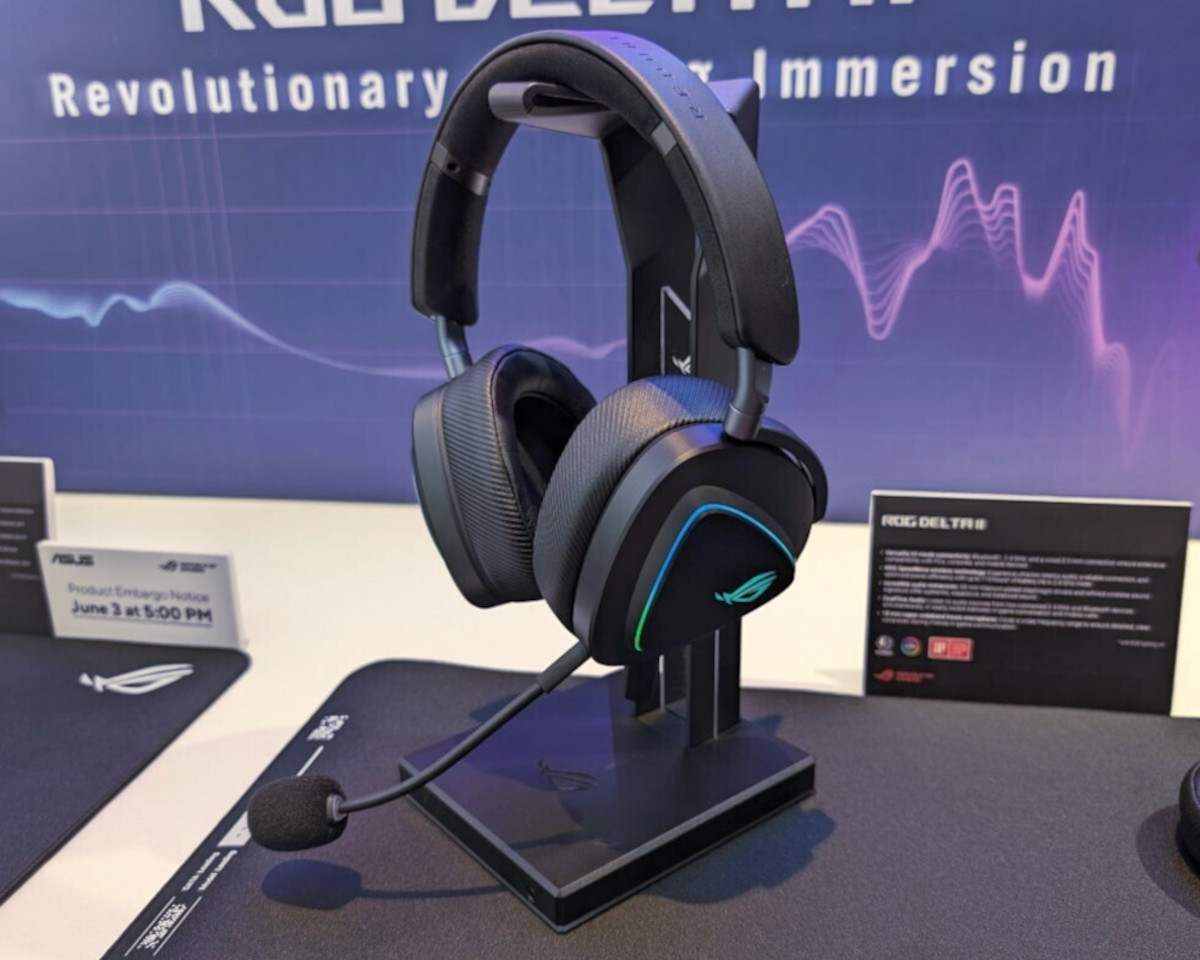
Asus
A new gaming headset iteration might not seem that exciting, especially since the Asus ROG Delta II sports a similar design to other ROG headsets. But don’t let the exterior fool you — this bad boy will offer up some remarkable tech.
The most notable is Asus’ DualFlow Audio feature which allows you to listen to two different audio sources (via 2.4Ghz wireless or Bluetooth) at the same time or toggle between them. So now you can easily take that mobile call from your mom you’ve been avoiding during the heat of battle without ruining your precious KDA in Call of Duty. It even has two sets of volume wheels, one on either side, so you can separately control the volume for each audio feed. The ROG II also claims to have a jaw-dropping 110 hour battery life (with RGB turned off) and a mere 40 ms of latency over Bluetooth. That’s a delightful-sounding combination of features! – Sam Singleton
Ryzen 7 5800XT
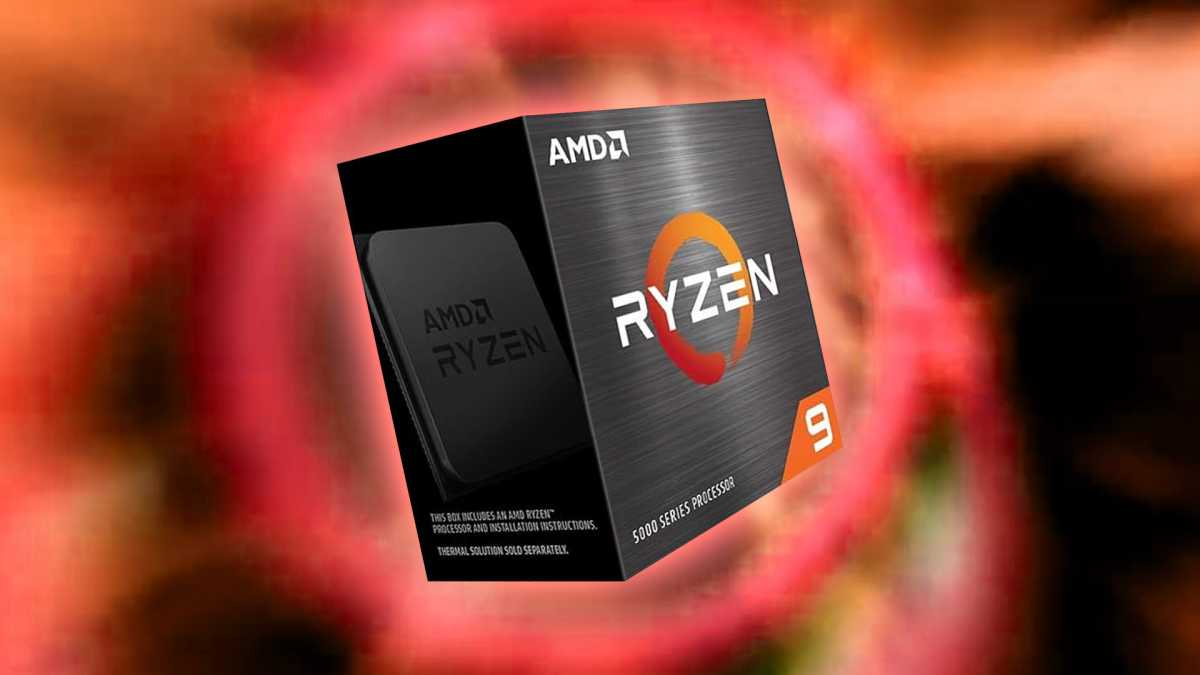
AMD/BBC
We continue to wonder how long AMD will continue to support the venerable AM4 socket (through 2024 is the latest target, AMD executives said) but how can you not give the Ryzen 7 5800XT our highest Computex plaudit? The first Ryzen 5000 chips came out in 2020, and AM4 motherboards in 2016, but AMD continues to support the platform even after moving onto AM5 long ago. Many desktop PC owners started with a full build, then swapped out parts over the years as they constantly upgraded their “Frankenrig.” We applaud this customer-centric approach! –Mark Hachman
Lian Li’s Lancool 217
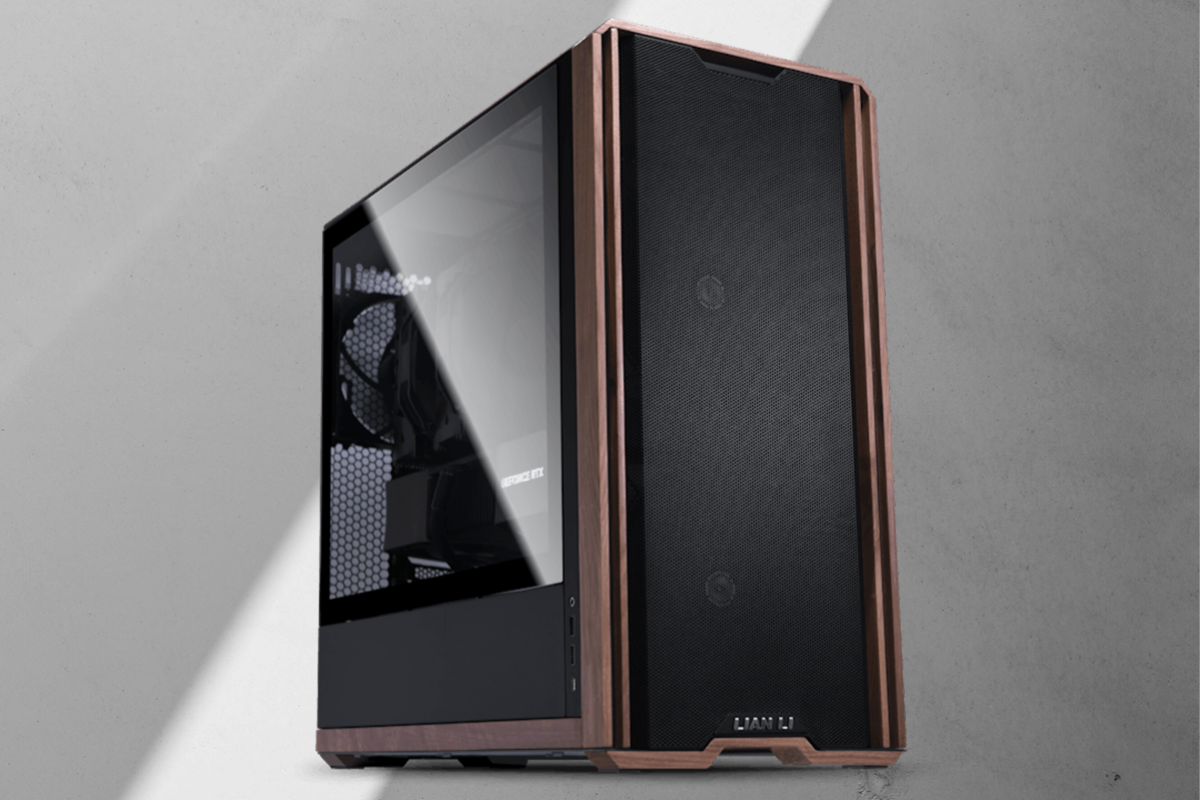
Lian Li / Unsplash (Henry & Co)
Lian Li’s new Lancool 217 computer case (with wood accents!) is absolutely gorgeous. I prefer understated designs over the more flamboyant variety, so it’s like this case was designed for me. A friend of mine has an Alienware desktop that looks just like a spaceship—it works great for him but yeah… no thanks.
While an eye-catching design is one aspect to consider, it means nothing if the product doesn’t function well. Not only was I impressed with the subtle yet sophisticated look of this case, but I’m also a fan (ha!) of the massive 170mm fans! I do just about everything on a desktop, including gaming as well as office work, so a proper cooling system is a must for me. Who knows? Maybe I’ll pick up the Lancool 217 in the near future… –Ashley Biancuzzo
Asus ROG Ally X
If I had to pick one thing that impressed me the most, it’s the Asus ROG Ally X. Or more specifically, how much the Ally X has improved over its predecessor with small but meaningful changes.
Ditching the proprietary (and expensive) mobile GPU port for Thunderbolt not only makes it more flexible, it’s a win for anyone who wants to give this thing more power. Doubling the battery and expanding the storage to a full-length 2280 SSD are wins for the user with an incredible engineering achievement. The ROG Ally X shows that even a poorly received debut doesn’t doom a product, so long as a manufacturer has faith in the idea and the technical chops to make it better. –Michael Crider
MSI Claw, Fallout Edition
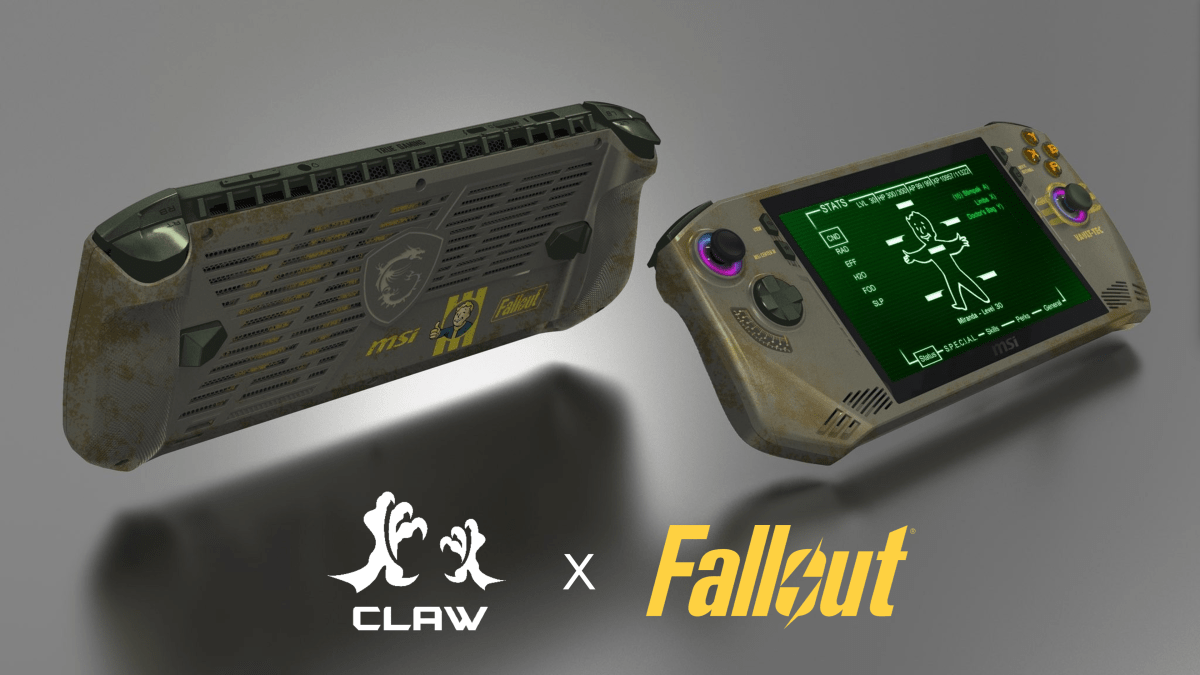
MSI
Okay, the Fallout edition of MSI’s Claw gaming handheld is just plain fun. I’m currently watching the show on Amazon Prime, which is why I’ve currently got that nuclear wasteland on the brain. MSI’s fancy-pants Claw is designed to look like a Pip-Boy, a wearable minicomputer that stores all of your personal data from the Fallout universe.
The original Claw, which was released a couple of months ago, doesn’t seem to have the best reviews, but I’m hoping this Intel Lunar Lake-wielding refresh will breathe new life into the device. I imagine there’s only going to be a limited amount of Fallout editions available, so I’ll definitely keep a close eye on it as MSI releases more details in the future. –Ashley Biancuzzo
Acer SpatialLab Eyes camera
Want to up your Twitch game by shooting in 3D? Or how about giving those Zoom meetings an extra dimension? Well, Acer answered your prayers with its new SpatialLab Eyes camera that allows you to capture and stream 3D footage.
The best thing about this camera is that unlike other 3D capture devices such as the iPhone 15 Pro, the SpatialLabs Eyes allow you to livestream your footage. The 3D footage is captured thanks to the two forward-facing stereoscopic cameras (or “eyes”) with 8MP resolution per camera. The 3D footage will be viewable and compatible with other Acer SpatialLabs devices—their laptops and monitors with glasses-free 3D displays, as well as some VR headsets. Whether or not this will actually take off is yet to be determined, but Acer sure is betting big on it. SpatialLab Eyes should be available in the next few weeks after Computex 2024 and will retail for $549. –Sam Singleton
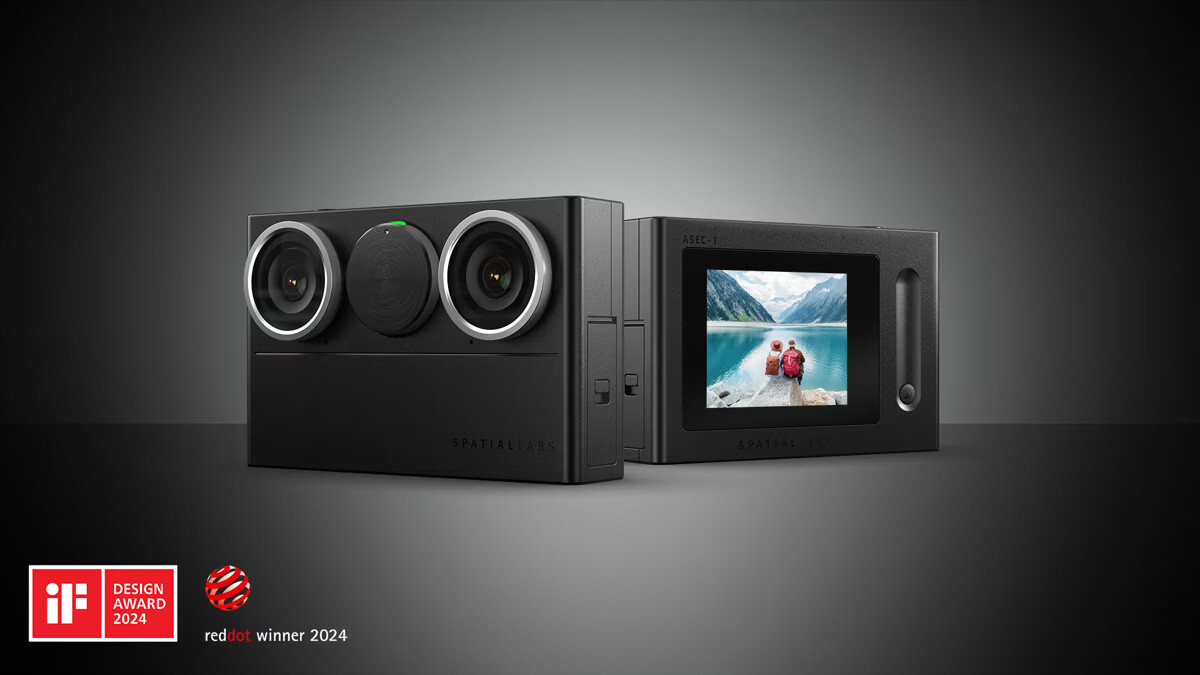
Acer
Acer’s SpatialLabs laptops do viewing stereoscopic 3D content without 3D glasses better than any devices I know. It’s just that they’ve always seemed more useful to 3D artists than a gamer like me. But Acer’s unveiling of the SpatialLabs Eyes Stereo Camera has just made the similarly equipped laptops 1,000 times more appealing.
The camera means anything and everything in my house is now open slather to be rendered in 3D on them: Funny 3D cat pics? You know I will! I’m no developer, but I’ve always liked the idea of dabbling with the 3D game engine Unity to get a simple VR “Choose your own adventure” mystery off the ground. This little camera may be just what I need to do that. –Dominic Bayley




